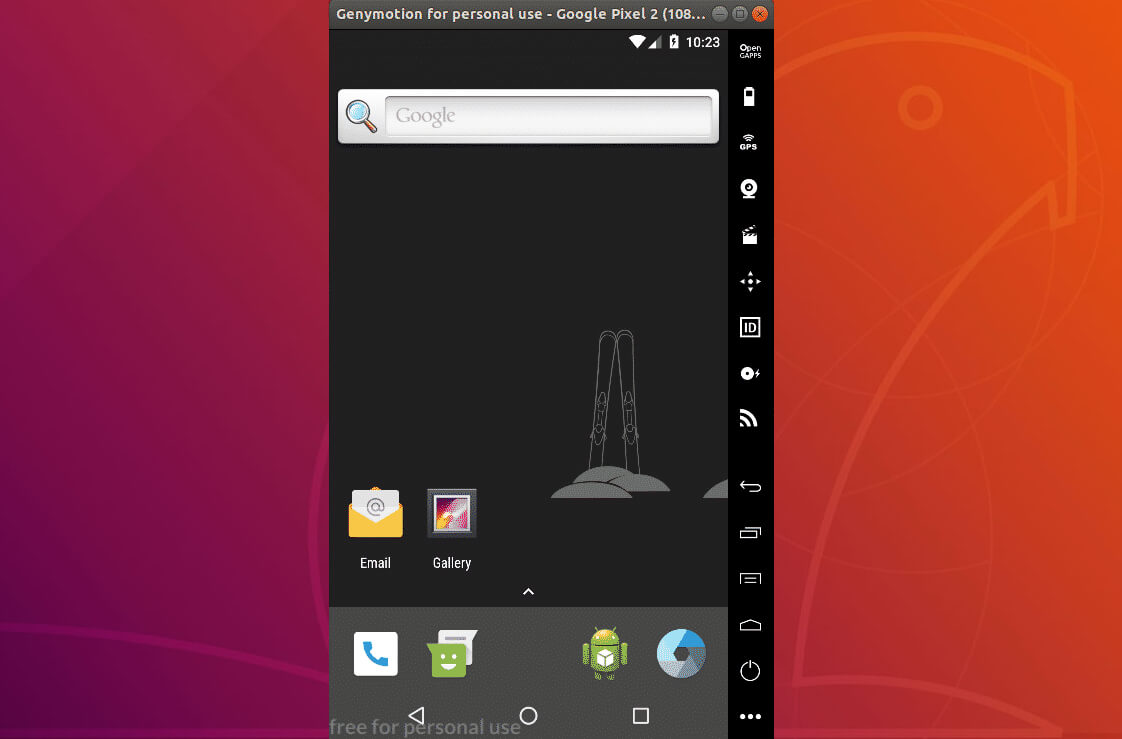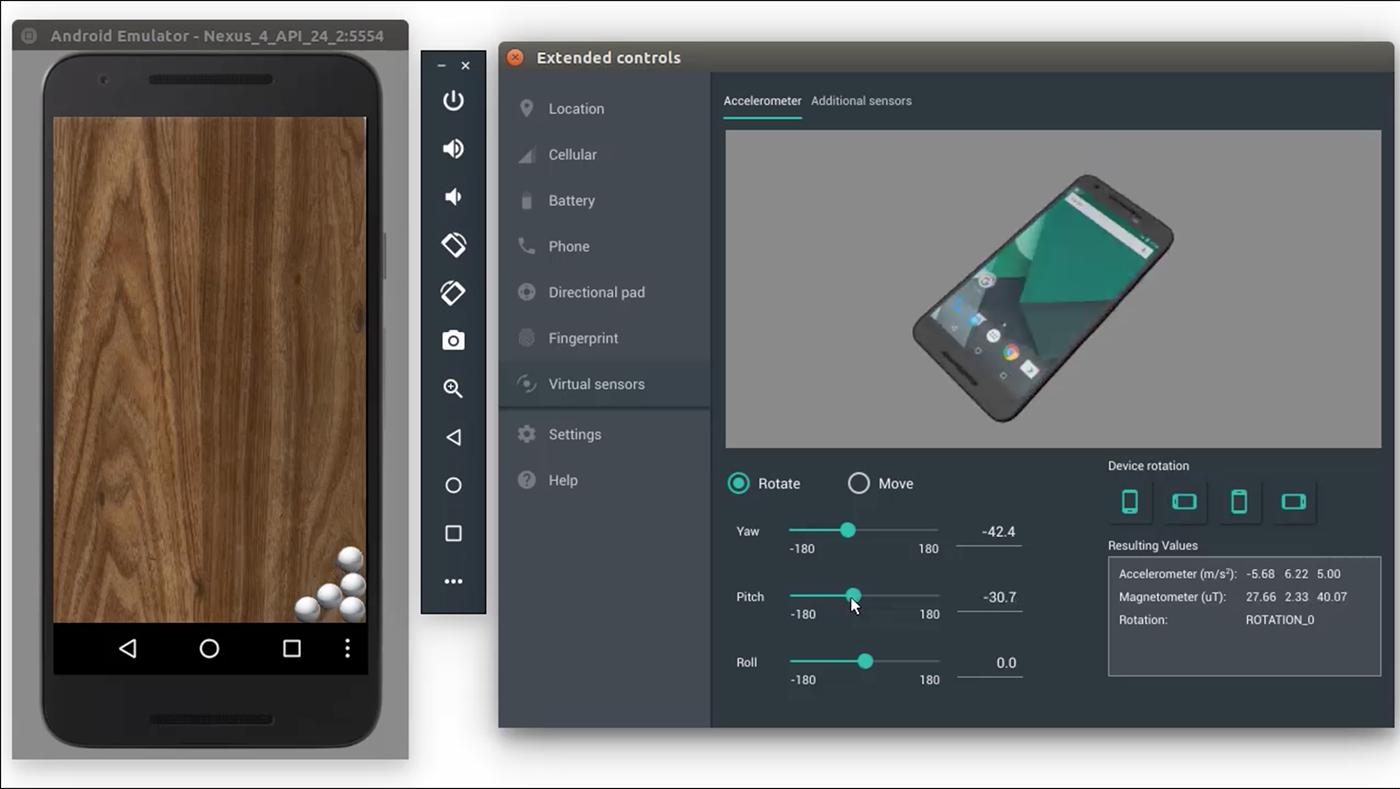
Unfortunately, there have been situations where we ignored a bug on the emulator, and it came back later to haunt us.

There is a actual phone out there that will exhibit that bug. This means that if you notice a bug only on the emulator, then you probably just happened to be lucky.


If you get a kernel panic when trying to run it, download the official hotfix here.If you only need Maps, look at this Stackoverflow question. The emulators do not include Google API’s.The Gingerbread (API 10) x86 system image does not support GPU emulation.Otherwise you won’t be able to type into it from your machine’s keyboard. If you decide to use the emulator for development you will probably want to enable ‘Hardware keyboard present’, too. I can even play angry birds at 60 fps on my 2-year old bottom-line Macbook Pro. Your emulated device is now able to run native on your machine, and really fast. Lastly, since the graphics are still being emulated on the CPU, you will want to check the ‘use Host GPU’ checkbox in the virtual device editor.If you run your emulated device now you’ll find that it is, in fact, much much faster. Mount/install that package and that will install the actual accelerator.Hover the mouse over it and you’ll see it’s location (On my machine it’s /Users/Mohannad/android-sdk-macosx/extras/intel/Hardware_Accelerated_Execution_Manager). Now here’s the tricky part, the HAXM installation will say it’s “Installed”, but IT IS NOT.Then scroll to the very bottom and in the Extras package you’ll find an item called Intel x86 Emulator Accelerator (HAXM), download that too.Go into your Android SDK manager and download the relevant Intel x86 Atom system images.I spent a bit of time working on this and figured out a useful workflow! Fortunately, Google announced that the emulator can now run native on the machine, therefore performing much faster. Programmers are likely to have finished development and submitted the app to the Play Store before the emulator is done booting up. This should start the emulator with the selected AVD.Many of you know how slow the emulator is. Open the Terminal app and type the following command: $ANDROID_HOME/tools/emulator -netdelay none -netspeed full -avd Nexus_5_API_25 Stop the emulator started by Android Studio.
#How to amke an android emulator mac how to
How to start Android Emulator from Terminal? Which can be shortened to : $ANDROID_HOME/tools/emulator -netdelay none -netspeed full -avd Nexus_5_API_25 Click File > Settings > Tools > Emulator (or Android Studio > Preferences > Tools > Emulator on macOS), then select Launch in a tool window and. Notice in the Run Window of Android Studio the command line used to start the device: /Users/HDO/Library/Android/sdk/tools/emulator -netdelay none -netspeed full -avd Nexus_5_API_25 In the Verify Configuration window, check any parameter :ĪVD Manager shows you the newly created device:Ĭlick on the launch button to launch the newly created AVD in the emulator. Once the download is complete, click on the Next button. These Android Emulators come in very handy as they effectively bring the Android environment right on your desktop or laptop so that you can easily access all your Android apps from your PC.
#How to amke an android emulator mac apk
This download process is done through SDK Manager. To download and use TeaTV APK on PC, users will have to install an Android Emulator.

In the System Image, select the system image Nougat, API Level 25, ABI x86 :Ĭlick on the download link to download the selected System Image. In the Select Hardware window, select Nexus 5 as shown in the following snapshot: If no emulator has been created you should start with this screen: Go to the Tools menu -> :Android -> AVD Manager: Start Android Studio app, then create a blank project. The purpose of this section is to guide you to create in your development environment an Android emulator.Īndroid emulators are managed through a UI called AVD ManagerĪVD Manager has a nice interface when started from Android Studio.


 0 kommentar(er)
0 kommentar(er)
